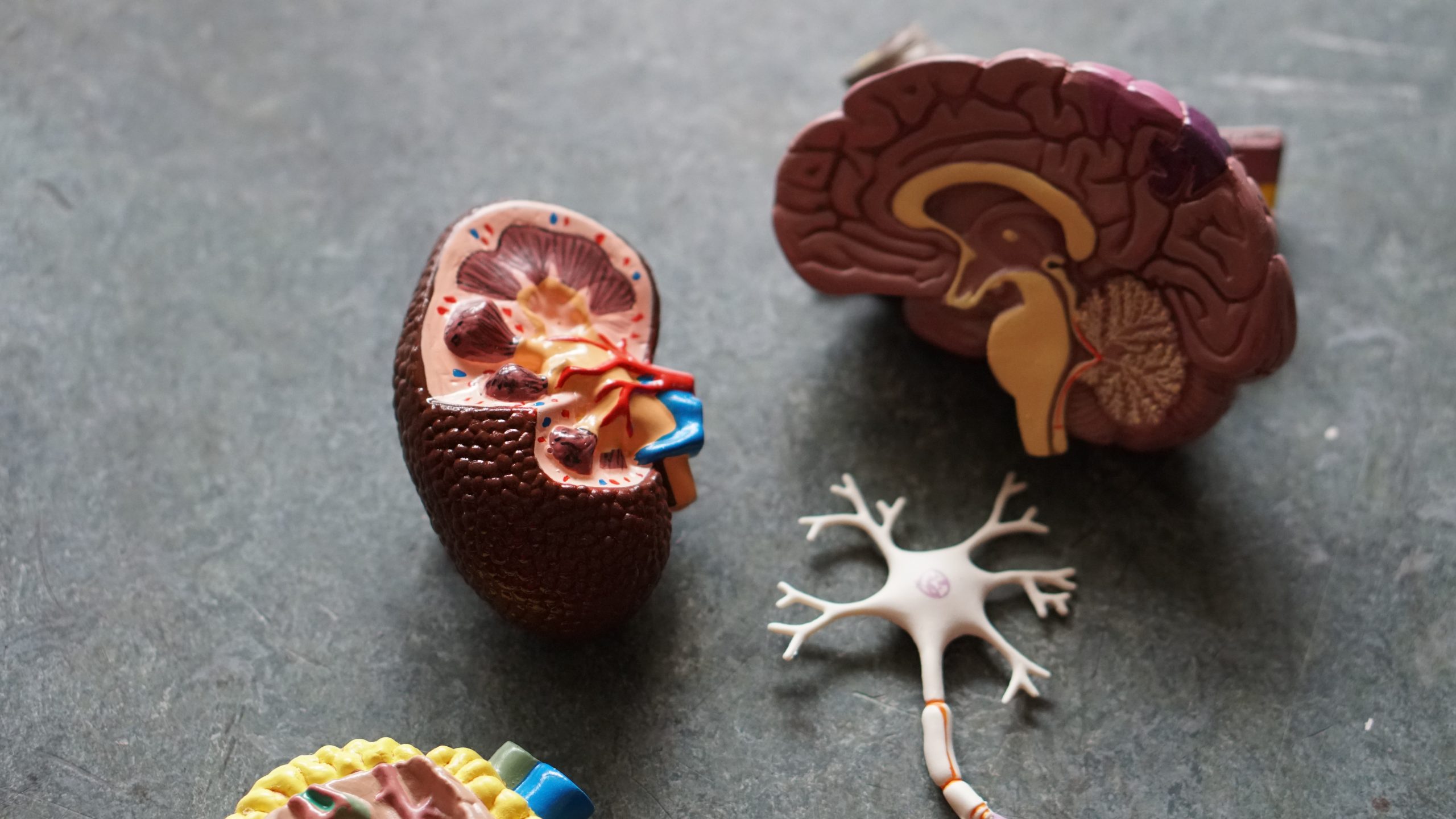Exercise is an important part of maintaining overall health and well-being, but for individuals with chronic kidney disease (CKD), there may be additional considerations when it comes to physical activity. In this article, we will explore why exercise is important for individuals with CKD and how to do it safely.
First and foremost, exercise can help individuals with CKD manage a range of complications associated with the condition, such as high blood pressure, cardiovascular disease, and bone disease. Regular physical activity can help improve blood pressure, strengthen the heart and lungs, and maintain bone density. It can also help individuals manage stress and anxiety, which can be common among individuals with CKD.
However, individuals with CKD may need to take certain precautions when it comes to exercise. For example, some types of physical activity may be too strenuous for individuals with CKD, particularly if they are experiencing symptoms such as fatigue, weakness, or shortness of breath. It is important to work with a healthcare provider to determine what types of exercise are safe and appropriate for individual needs and medical history.
In general, low-impact exercise such as walking, cycling, swimming, and yoga can be good options for individuals with CKD. These types of exercise can help improve cardiovascular health, build strength and flexibility, and reduce stress. It is important to start slowly and gradually increase the intensity and duration of exercise over time.
In addition to choosing the right types of exercise, individuals with CKD may also need to consider other factors when it comes to physical activity. For example, staying hydrated is important for individuals with CKD, particularly during exercise. Drinking enough water can help prevent dehydration and support kidney function.
Individuals with CKD may also need to be cautious when it comes to certain medications, such as those that affect blood pressure. Some medications can cause dizziness or lightheadedness, which can be dangerous during exercise. It is important to talk to a healthcare provider about any medications being taken and how they may impact physical activity.
It is also important to listen to the body and take breaks as needed during exercise. If experiencing symptoms such as fatigue, dizziness, or shortness of breath, it may be necessary to rest or reduce the intensity of exercise. Working with a healthcare provider or a physical therapist can help individuals develop an exercise plan that is safe and appropriate for their individual needs and medical history.
In conclusion, exercise is an important part of maintaining overall health and well-being, particularly for individuals with chronic kidney disease. Low-impact exercise such as walking, cycling, swimming, and yoga can be good options, but it is important to work with a healthcare provider to determine what types of exercise are safe and appropriate. Staying hydrated, monitoring medications, and listening to the body can also be important considerations when it comes to exercise and CKD.




